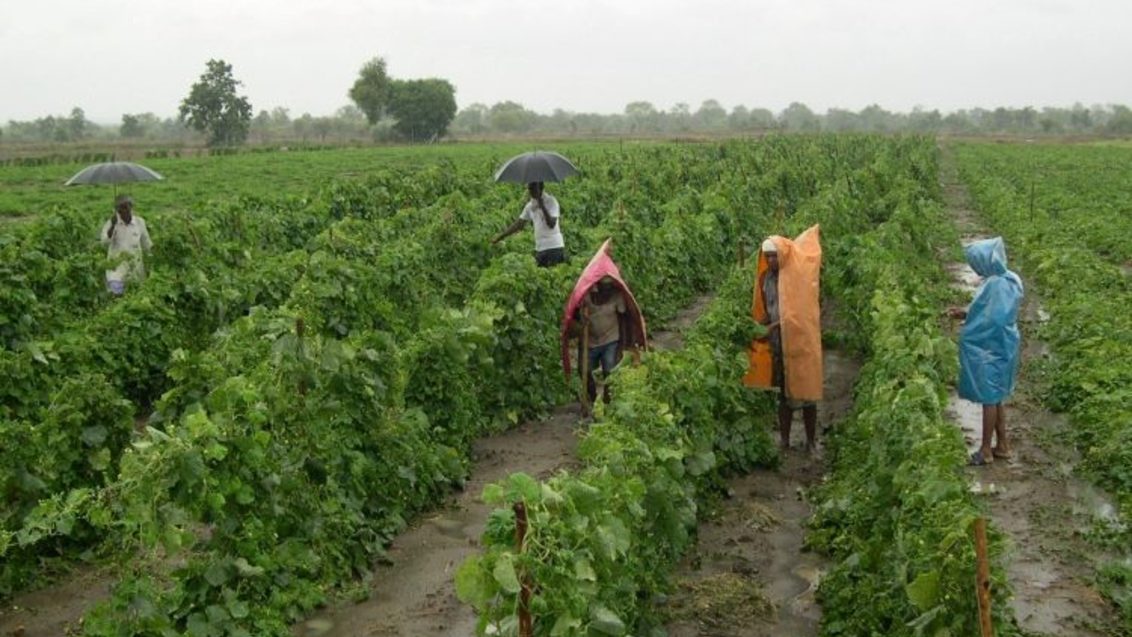When a cloud helps tackle the weather

Our Insurance team recently launched the “Resilience Engine”. This digital tool irons out bumps in the risk management process. Data reside in the cloud. Bangladesh is the first country to benefit.
“The Syngenta Foundation has proved that smallholder weather insurance works”, says Olga Speckhardt, our Head of Global Insurance Solutions. “We develop products and technologies, help build the market, and engage with regulators. Good insurance shifts the burden of risk from smallholders’ shoulders. That helps them invest in their crops and become more resilient. But there are still too many ‘pain points’ in the market. Our new tool tackles several of them.”
Current pain points are mainly related to the time and effort required for various parts of the insurance process. “Traditionally, it’s all pretty slow”, comments Enock Singoei from our Insurance team. “For example, actuaries typically take four days to complete a product model. Insurance agents need a month to close a sale, and between three and five weeks to settle a claim. Operating costs in the sector are high, and data management often poor.”
Our new Resilience Engine (RE) enables considerable efficiency improvements. “The two main elements are a weather module and a product module“, explains David Muigai. Based in Kenya, David leads our drive to build up smallholder insurance in Asia. “The weather library automatically receives satellite data, so users can easily monitor insurance products in real-time“, he explains. “The product module includes risk modeling, product configuration, agronomic advice and claims management, among other services.”
The RE is cloud-based and enables users to tap into multiple data sources at the same time. The users include actuaries designing new products, insurers pricing them, and farmers submitting claims. “We believe the RE can become a marketplace for agricultural and climate risk insurance solutions globally“, says Olga Speckhardt. Team members in Bangladesh are now testing the tool under ‘live’ conditions; the Foundation is simultaneously examining various routes to the RE’s financial sustainability.

Who, what and where next? Six questions to Enock Singoei, SFSA Insurance team
Who partnered with you to create the RE?
The Swiss company EnvEve. Its specialized developers are well experienced in designing cloud-based solutions for the agricultural sector. Their work includes Agronomeet, for example.
What other platforms than your RE are already available?
There are several in Asia and Africa, mostly at early development stages. Fortunately, there are quite a few companies such as ACRE Africa developing “AgTech” insurance solutions that benefit smallholders.
Why is yours better than many others?
Offering insurance on its own is not particularly attractive. Our platform provides a complete system both for administering insurance and supplying value-added services.
What further functionality are you planning?
We intend to add customer engagement elements, enabling more direct relationships between insurers and customers.
What are your plans for spreading RE use across Bangladesh?
This year’s proof-of-concept phase is limited to one insurer, one distribution channel and 675 smallholders. We plan next to accommodate at least five distribution channels and three insurers. The aim is to reach 11,000 insured farmers by September 2020.
When will it be available elsewhere?
2020 should be an exciting year for RE development. We are looking at piloting the platform in Indonesia, Sudan, and Nigeria.
